The village of Cooperstown in Upstate New York has fenced the past and kept it open for business. Famous because of baseball, the village is designed to evoke the nostalgic America that the sport of baseball brings many people back to. There are many local laws requiring the quaint atmosphere to be maintained, but nowhere is it maintained so much as within one particularly nostalgic zone within the village: the Farmer's Museum.
This museum is dedicated to preserving 19th century American life by keeping up a small little village area containing wooden sidewalks, craftsmen's shops, homes, barnes, a church, and an inn. Last weekend was the first time since COVID that the museum has put on its typically annual Harvest Festival, inviting reenactors to perform 19th century folk music and vendors to sell all kinds of souvenirs and foods.
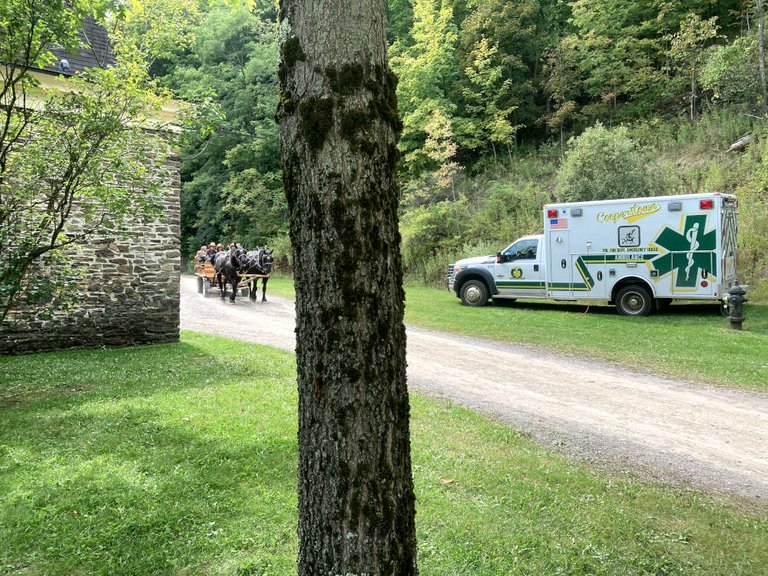
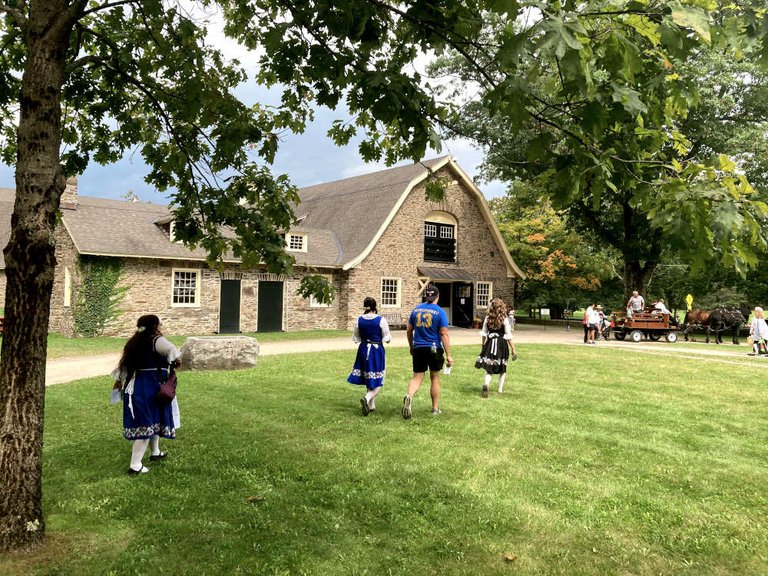

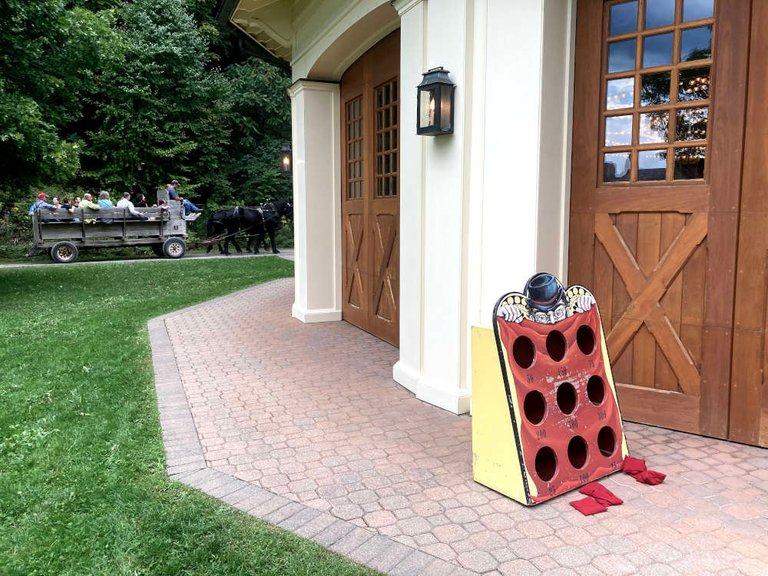
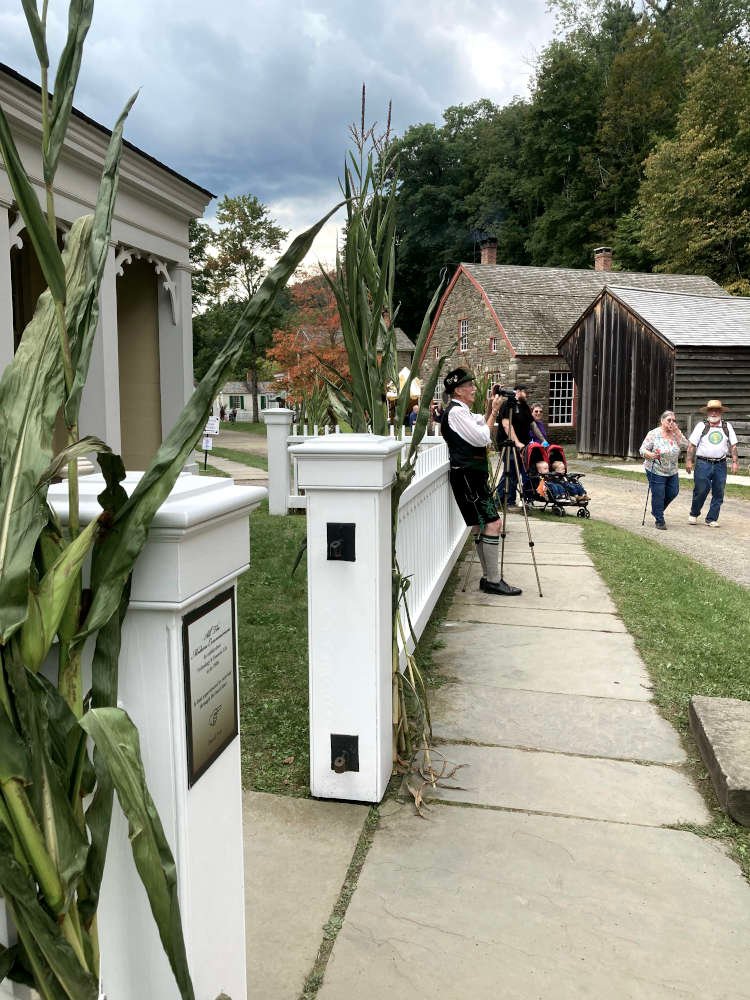
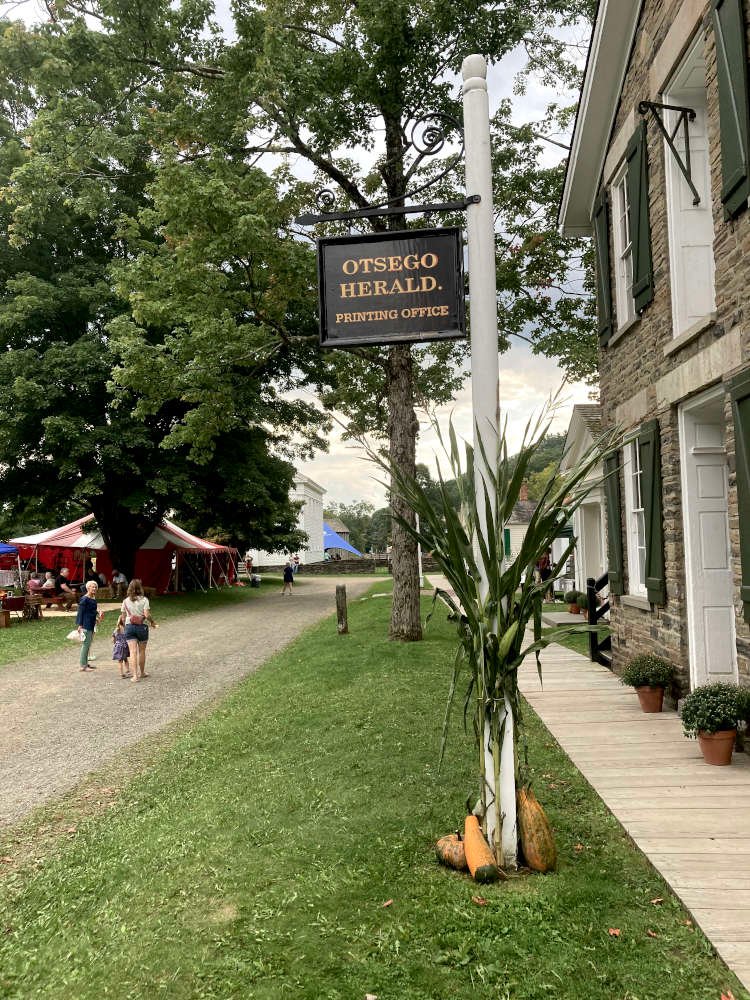

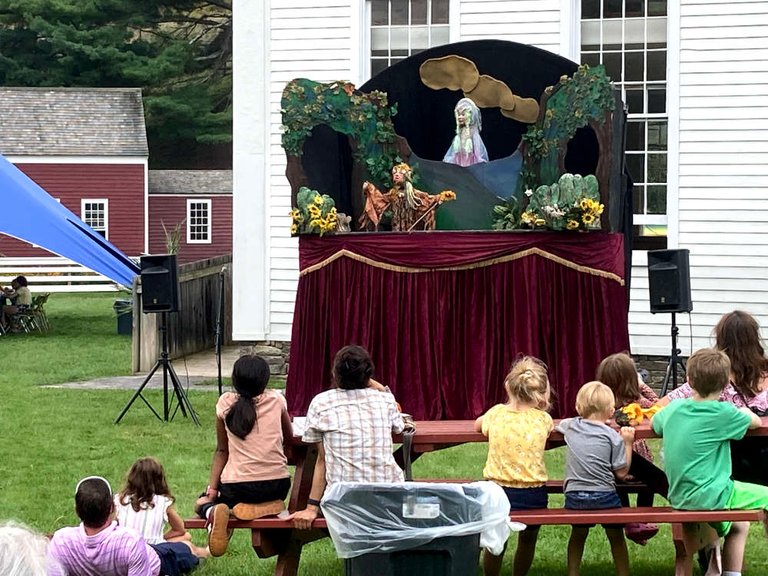
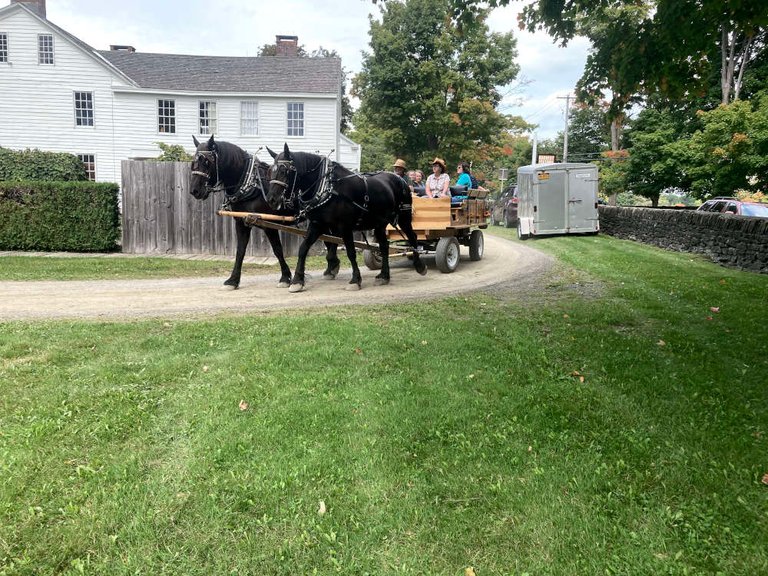
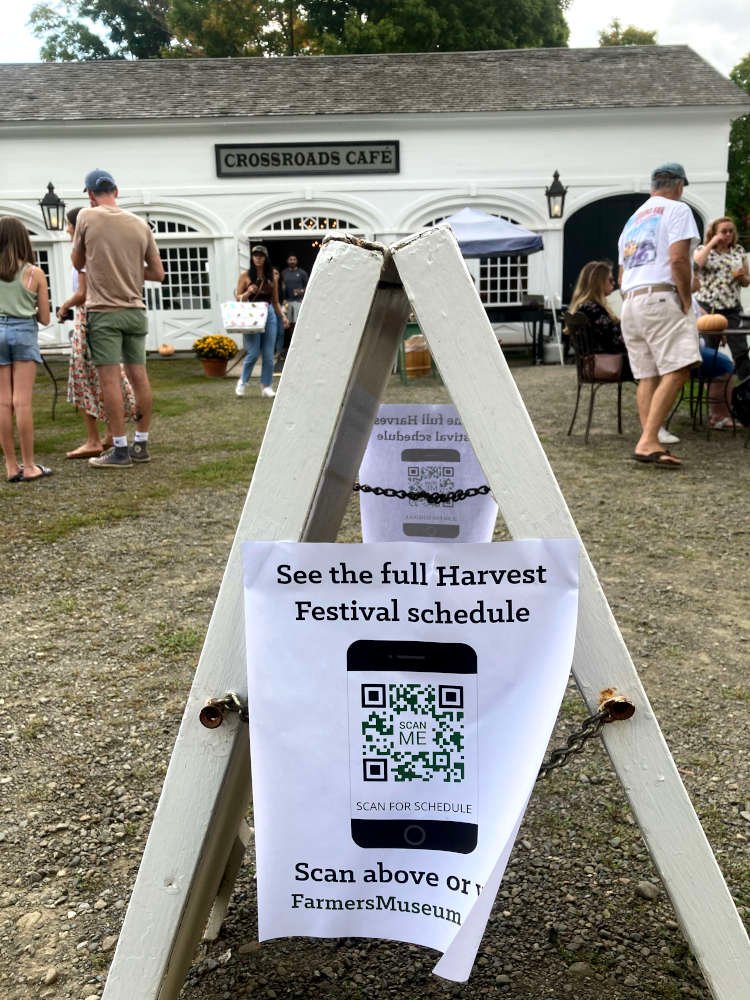
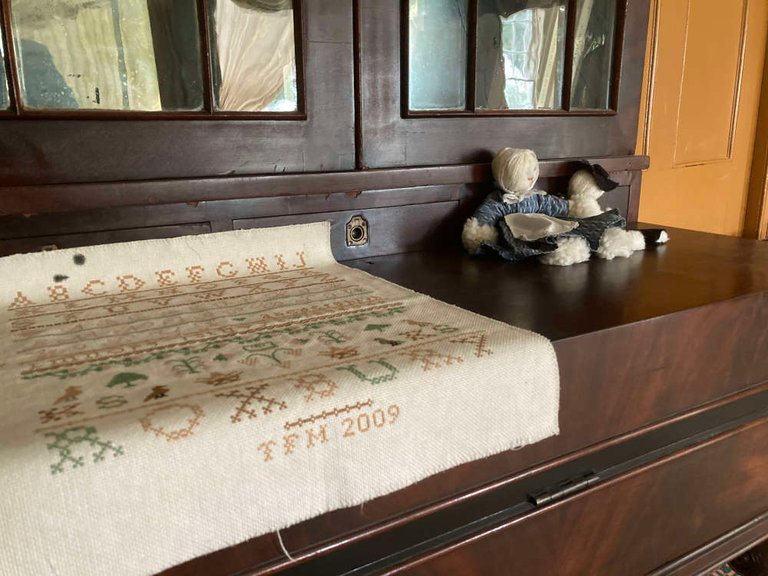
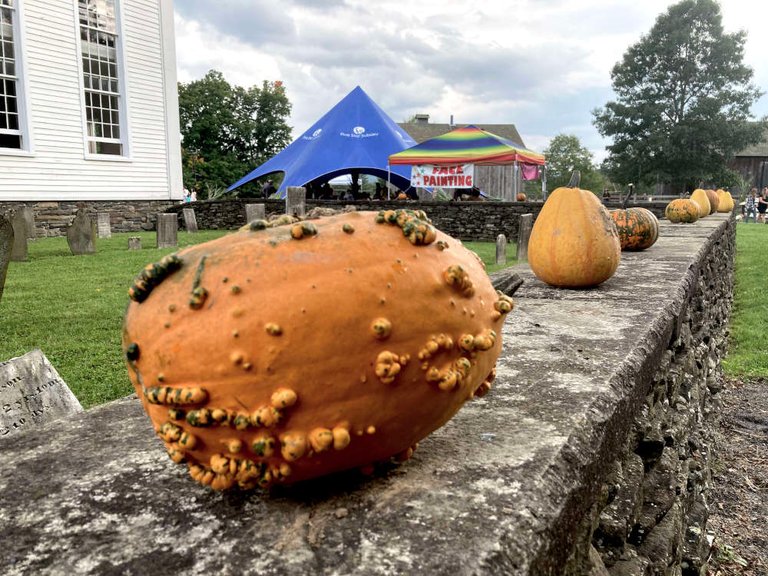
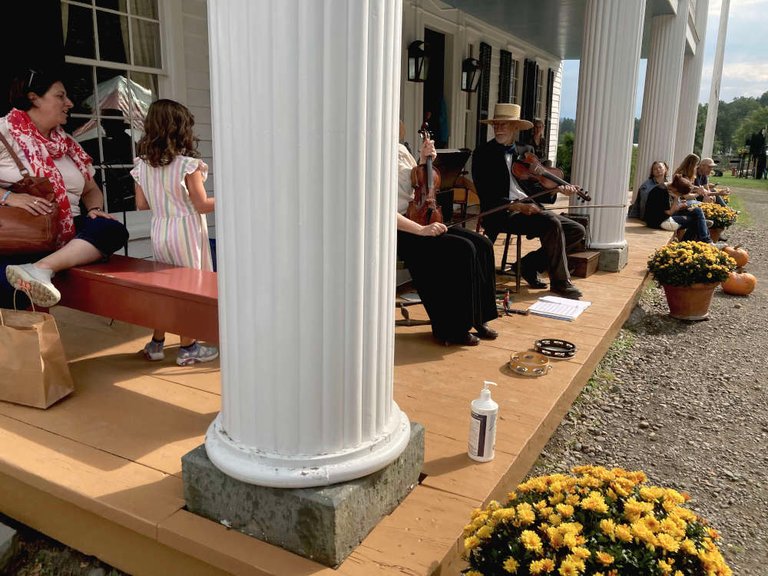
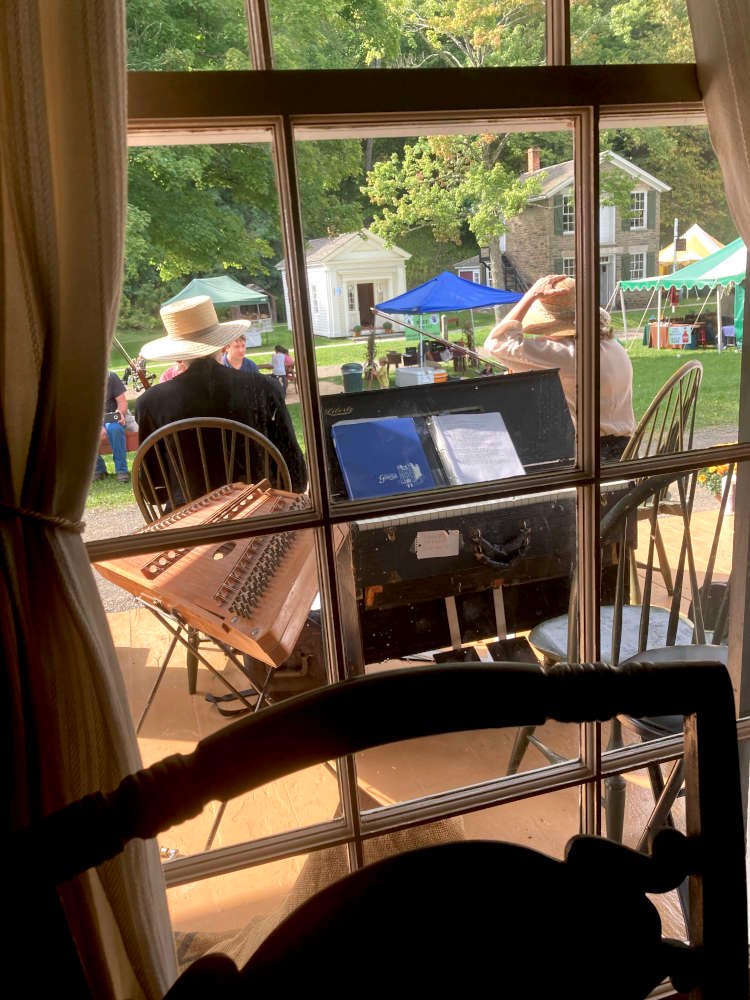

I took the photos with my iPhone and lightly edited them using GIMP 2.10.